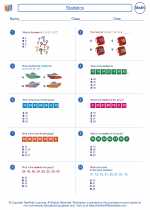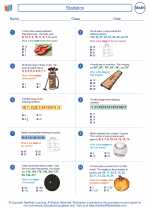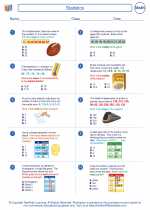Secondary Data
Secondary data refers to data that has been collected by someone else for a different purpose. It is information that has already been gathered and recorded, and can be accessed through various sources such as books, journals, government agencies, and online databases.
Types of Secondary Data
There are two main types of secondary data:
- Internal Secondary Data: This type of data is collected and stored within an organization or company. It may include sales records, customer information, or any other data generated by the organization's operations.
- External Secondary Data: This type of data is collected from sources outside the organization, such as government publications, industry reports, or research studies conducted by other entities.
Advantages of Secondary Data
There are several advantages to using secondary data for research and analysis:
- Cost-effective: Secondary data is often readily available at a lower cost compared to collecting primary data through surveys or experiments.
- Time-saving: Since the data has already been collected, researchers can save time that would have been spent on gathering primary data.
- Large sample size: Secondary data sources often provide access to a large amount of information, allowing for more comprehensive analysis.
- Historical data: Researchers can analyze trends and patterns over time using secondary data sources.
Challenges of Using Secondary Data
Despite its advantages, there are also challenges associated with using secondary data:
- Quality and validity: The accuracy and reliability of the data may be uncertain, as it was not collected specifically for the researcher's study.
- Relevance: The available data may not fully address the specific research questions or objectives of the study.
- Data limitations: Secondary data may lack certain variables or details that are important for the researcher's analysis.
- Data compatibility: Data from different sources may use different formats and definitions, making it challenging to integrate and analyze them together.
Conclusion
Secondary data is a valuable resource for researchers and analysts, offering a wealth of information that can be used to inform decision-making and generate insights. However, it is important to carefully evaluate the quality, relevance, and limitations of secondary data when using it for research purposes.
[Secondary Data] Related Worksheets and Study Guides:
.◂Math Worksheets and Study Guides Sixth Grade. Statistics

 Worksheet/Answer key
Worksheet/Answer key
 Worksheet/Answer key
Worksheet/Answer key
 Worksheet/Answer key
Worksheet/Answer key
 Worksheet/Answer key
Worksheet/Answer key
 Worksheet/Answer key
Worksheet/Answer key
 Worksheet/Answer key
Worksheet/Answer key
